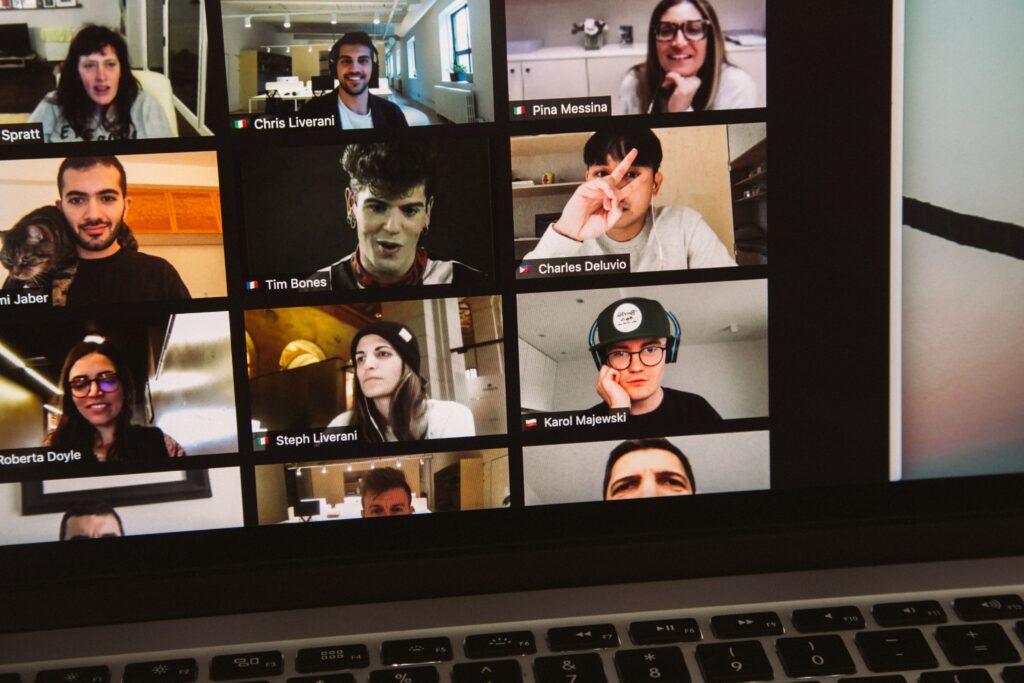“Build it, and they will come.” Gen Z might know Kevin Costner for his award-winning TV show Yellowstone; other generations may remember his 1989 film Field of Dreams for the iconic phrase just quoted.
The idea, famous as it is, has arguably long been problematic. Now it’s just plain bad advice because they are already here.
Following on from the announcement last year about their extended partnership, ServiceNow and Zoom joined ERP Today to discuss the new worlds of possibilities that alliances like theirs are building in the ecosystem and beyond.
Sebastian Fitzjohn, VP of alliances & channel ecosystem EMEA at ServiceNow, and Magnus Falk, CIO advisor at Zoom, started the conversation with some background on their partnership.
Both are disrupters of the old working norms, both digital native organizations, and both have a keen appetite to bring the benefits of connectivity to build a better experience for agents, customers, employees, and the world.
Working together since 2010, the first shared objective in the partnership was ease of integration and allowing users to navigate easily across the platform But, as the capabilities have grown, so has an appetite for more.
“Board leaders want more. They want a total experience for their people. They want to make it a pleasure to be at work. They want the tools to work for them,” Falk tells ERP Today.

Magnus Falk, CIO advisor at Zoom
More in a time of turmoil
But aiming for more is a touchy subject at the moment. It isn’t easy to talk about the employee experience without mentioning the vast layoffs in the tech industry, which won’t be the experience most employees are hoping for.
Despite Gartner predicting a 25 percent increase in the competitiveness of companies that are able to bolster total experience, it feels like there is a divided line between those organizations making cuts and those that aren’t.
Faulks, however, doesn’t believe it needs to be an either/or situation.
“Just because tech companies are adjusting doesn’t mean that people shouldn’t be focused on the employee experience. The ability to give people choices through the software they use to interact daily and how they go about doing that, and not forcing them to do swivel chair integration, is very powerful,” he says.
Conquering headwinds in the platform world means, according to Fitzjohn, turning the quest towards finding a new digital business operating model, the holy grail of the way forward.
“The discussion is how do I get to the digital business operating model? And what attributes does that digital business operating model unlock? And to what extent does it mitigate my costs, challenge my productivity challenge, my experience, challenge, my resilience challenge, my challenge of not being able to, my challenge of operating in an environment of continual uncertainty, and constant change?,” says Fitzjohn.

Sebastian Fitzjohn, VP of alliances & channel ecosystem EMEA at ServiceNow
Unlocking the power within
So how does one unlock the powers available in the new business model? Unsurprisingly, the Now-Zoom partnership would cite connectivity as a key instigator.
“Inherently, platforms are about connecting departments, functions, people, and data applications. So what we say is, let’s just connect all of these IT assets or all of the people, the data, the business processes, in a way that delivers a fundamentally different set of attributes,” Fitzjohn continues.
But standalone connectivity, bringing the people together for seamless integration, is no longer the exciting part of the equation. Instead, what’s best about empowering people with the tools is that the outcomes are limitless and in the hands of the users.
“The thing is that we don’t know exactly how our customers will use our integrations to invent new business processes,” says Falk. “We give the choices to employees, customers service agents, of how they get their job done, and put the business functionality in a place that’s easy for them to use.”
He gives an example of a healthcare company utilizing Zoom for remote monitoring of patients and enabling a better experience for the clinician, patient, and front-line agent. Or an HR manager who is notified that an employee is back from leave and can make an effort to ask how their time off went. The customer service agent can see how long someone has been waiting in a queue and react according to the situation.
“Human interaction is better done with informed humans,“ confirms Falk, and this is precisely what is on offer from ServiceNow and Zoom.
New World Order
The empowerment benefits seem clear for those already in the ecosystem, But what about those on the other side of the digital divide?
In the UK, 10 million people are reported to lack the basic foundational skills to exist in the digital world. That figure spans to 3.7 billion globally.
Fitzjohn remains upbeat about technology’s role in solving problems at scale, not only for the enterprise, but socially and environmentally as well. He points to the rapid response to COVID to develop and roll out a vaccination globally as a base case for what is possible.
But, this progress needs a new mindset. “You can’t build and design and deploy technology using yesterday’s kind of thought processes and approaches, you know, so that’s the power I think of what we’re doing, “ he shares.
New thought processes include diversity, empathy, passion, and a suite of soft skills and programs such as ServiceNow’s RiseUp are currently underway to upskill these people. The barriers to entry are coming down in a connected world.
In this new world order being built, the opportunity is unlimited, says Fitzjohn, and there is room for everybody to come on in.




